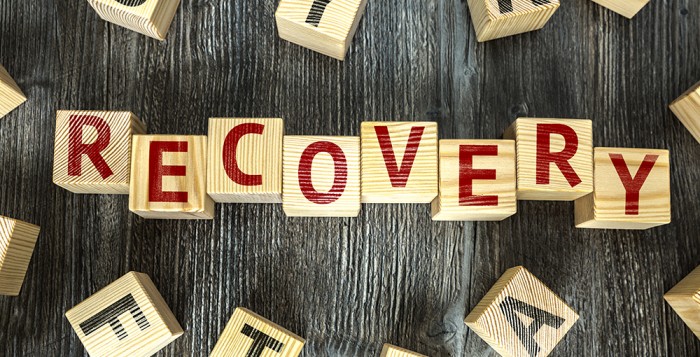Since as early as the 1960s, harm reductionists have operated mostly underground and in the shadows in the United States. Today, the harm reduction movement is squarely in the middle of the conversation about and visible on the front lines of the work being done to save the lives of those who use drugs. Harm reduction has positioned itself as arguably the most effective immediate solution to saving people from dying due to a drug overdose. And many, including at the highest levels of state and federal government, are taking notice.
Harm reduction, according to the National Harm Reduction Coalition, incorporates a spectrum of strategies that includes safer use of drugs, managed use, abstinence, meeting people who use drugs “where they’re at,” and addressing conditions of use along with the use itself.
Some of those strategies include syringe service programs (SSPs) and fentanyl test strips. And although opponents of harm reduction argue that such strategies enable drug use, according to the Centers for Disease Control and Prevention (CDC), new users of SSPs are five times more likely to enter drug treatment and three times more likely to stop using drugs than individuals who don’t use the programs. The CDC also reports that SSPs help serve as a bridge to other health services, including Hepatitis C and HIV testing and treatment, and vaccination [read full article].
In Pennsylvania, harm reduction strategies have received bipartisan support, albeit limited. Rep. Jim Struzzi (R) introduced HB 1393, which would legalize fentanyl test strips for personal use. Of the harm reduction bills in the legislature, Struzzi’s has advanced the farthest, having passed out of the full House of Representatives in June of this year. The bill currently sits in the Senate Judiciary Committee. A companion bill, SB 845, sponsored by Sen. Tim Kearney (D), has also been introduced.
Sen. Pat Browne (R) introduced SB 926, which would legalize SSPs in Pennsylvania. It was referred to the Senate Judiciary Committee and has yet to be called to a vote.
In Pennsylvania, more than 170 organizations have signed on as supporters of SSPs. RCPA, along with some of its largest addiction treatment provider members, is among those.
In addition to legislative support, harm reduction efforts are receiving funding support. Over the next 18 years, Pennsylvania will receive more than $1 billion from the negotiated settlement between opioid distributors and Johnson & Johnson and states’ attorneys general. The portion of settlement money the legislature controls has been allocated to DDAP, and it intends to use some of those funds for harm reduction initiatives.
Federally, President Biden’s 2022 National Drug Control Strategy calls for expansion of high-impact harm reduction interventions including naloxone, drug test strips, and SSPs. In New York City, two supervised consumption sites, where drug users bring their own drugs to use under the supervision of trained workers in case they overdose, opened last year in New York City. Rhode Island is planning to open at least one as soon as this year. Others, including in California, are in the planning stages.
Still, some of the most basic harm-reduction strategies, including low-barrier buprenorphine — increased access to buprenorphine through patient-centered programs that are easy to access, offer a high quality of care, and eliminate hurdles to access or stay in care — are not widely available in Pennsylvania. This is, in part, because of state and federal regulations, a lack of buprenorphine prescribers, and antiquated philosophies on addiction treatment held by some influential groups, including some in the legislature.
Despite the life-saving potential of harm reduction strategies, not to mention the bridge they often provide to addiction treatment, they remain stigmatized. For addiction treatment providers, the challenge is finding collaborative ways to work with harm reductionists while staying true to their own missions. Doing so ultimately will best serve the individual in need and save lives.









